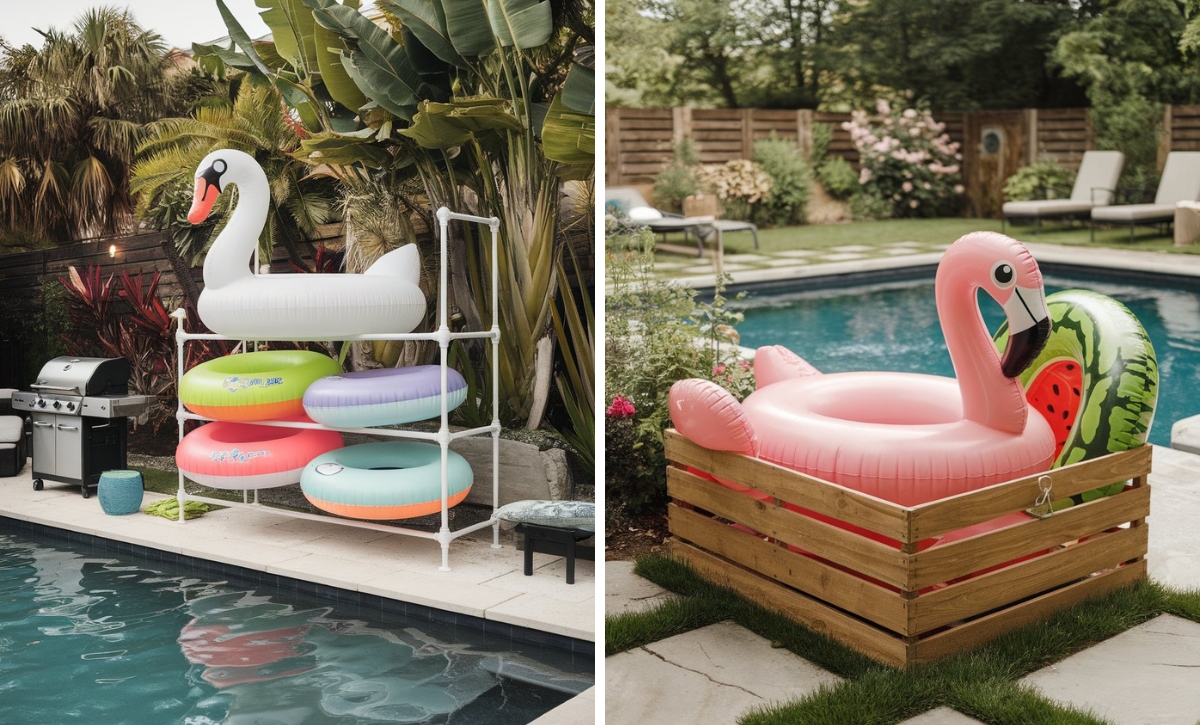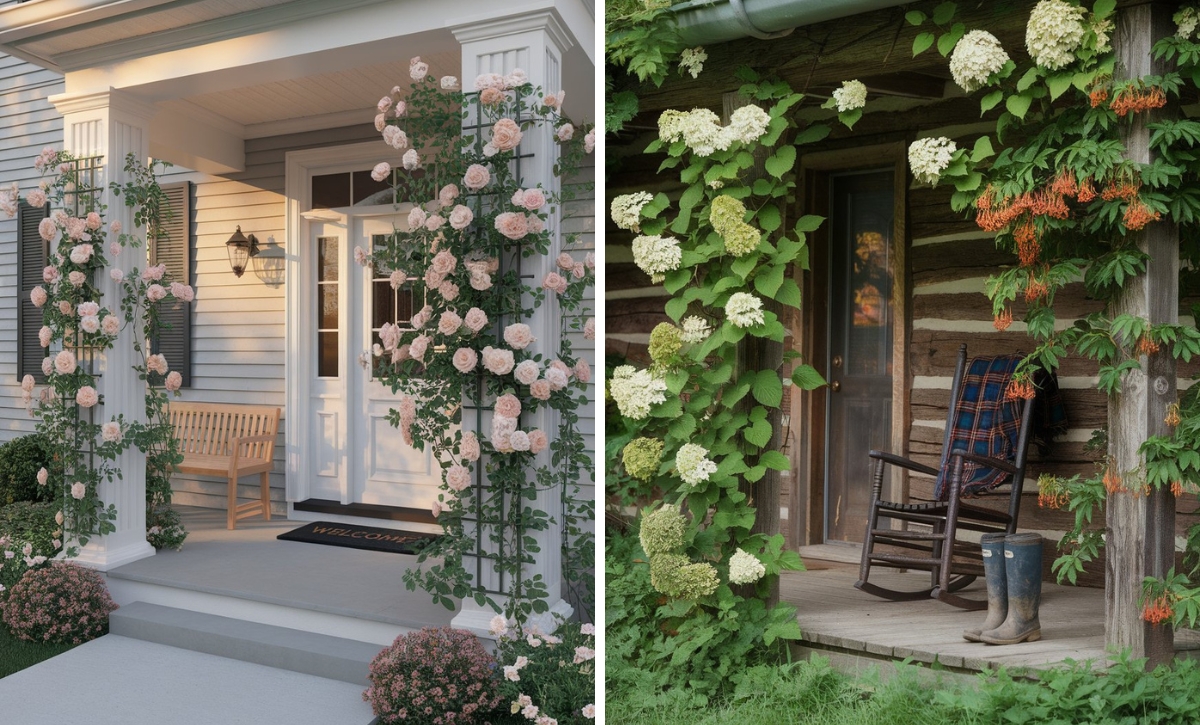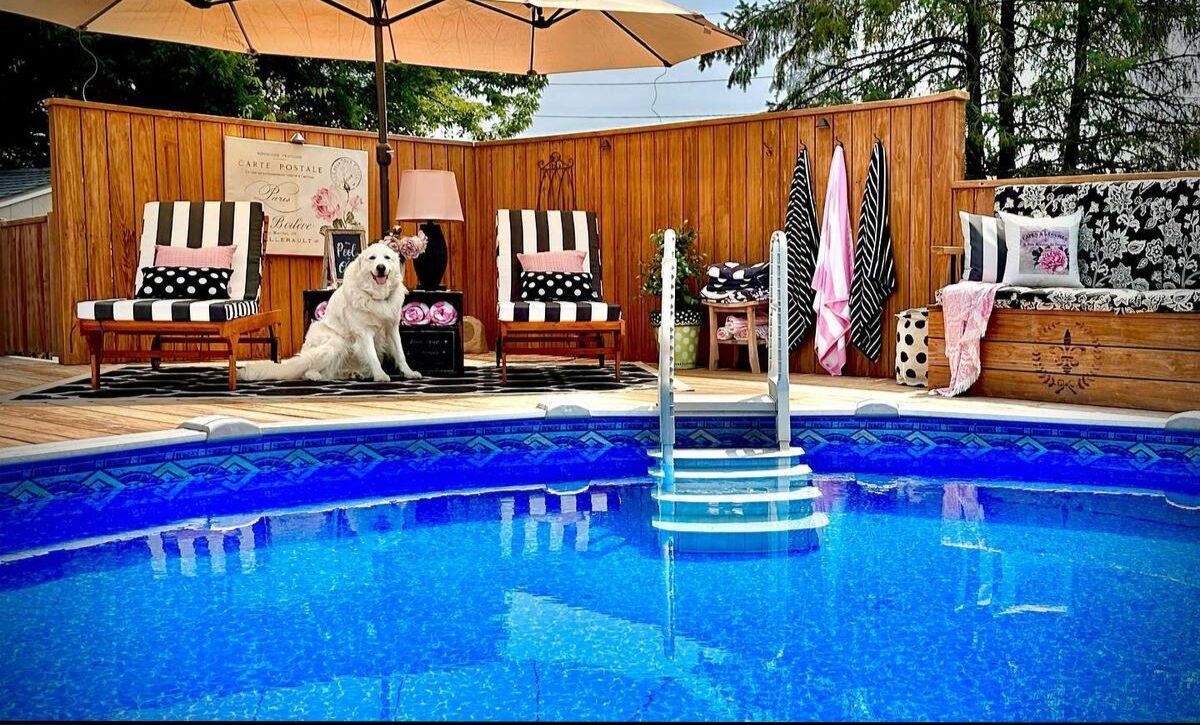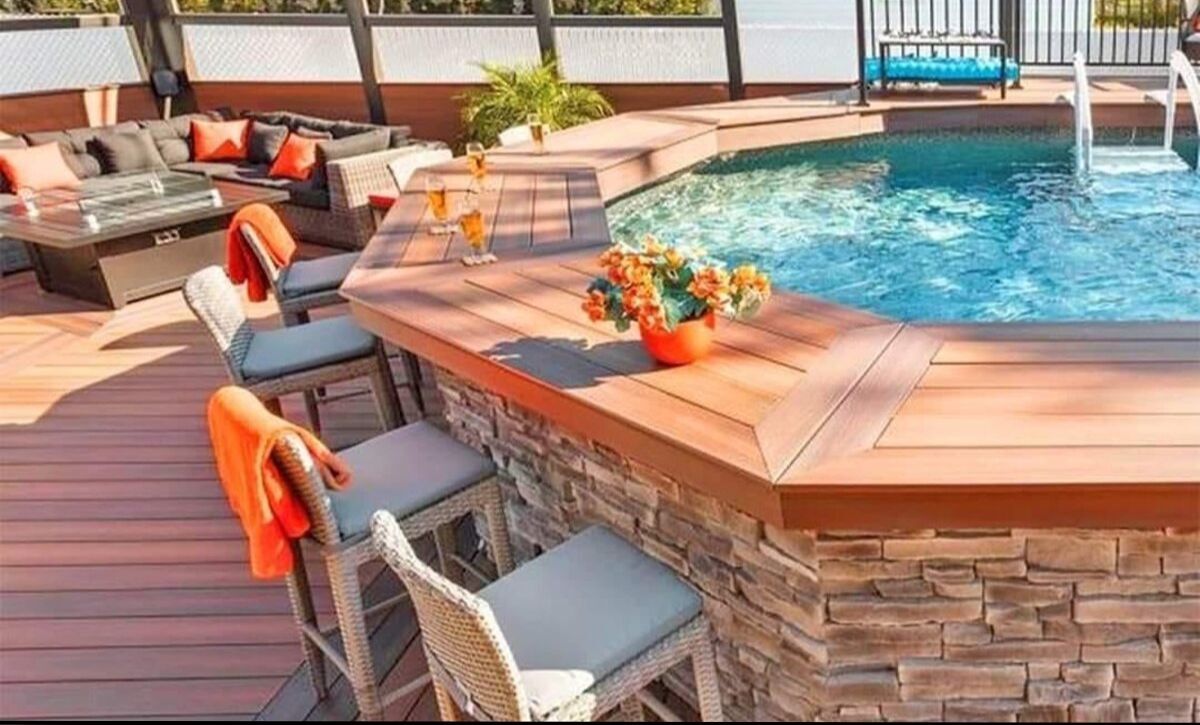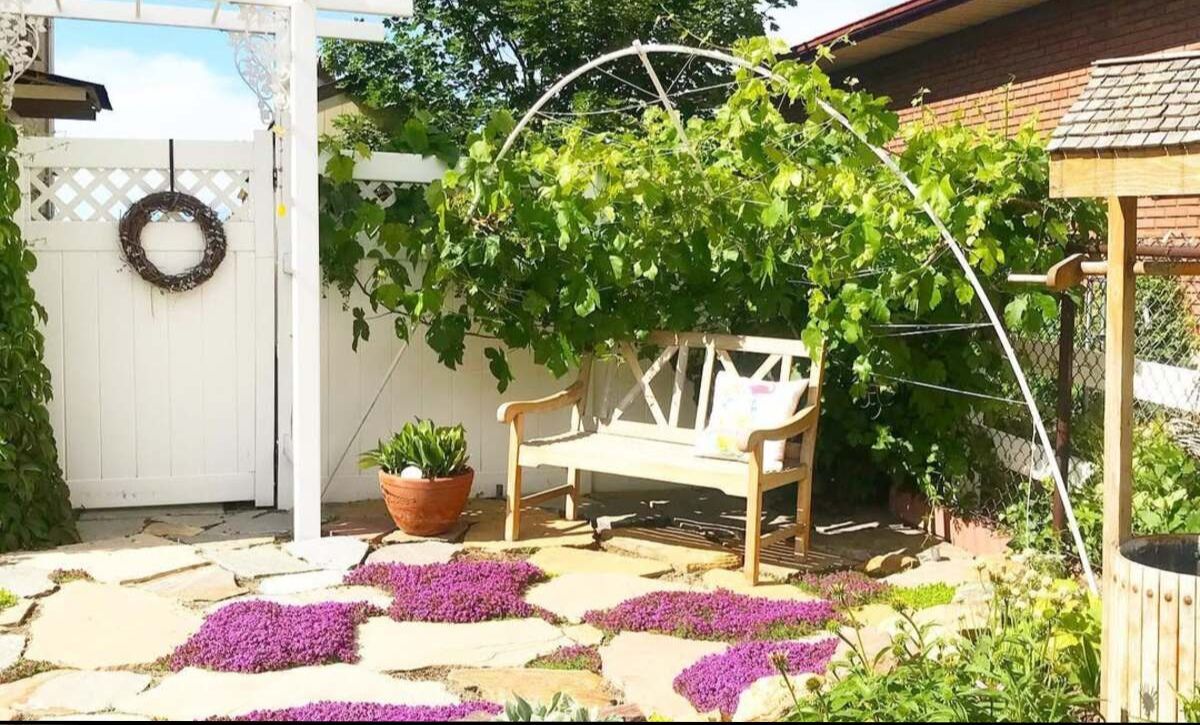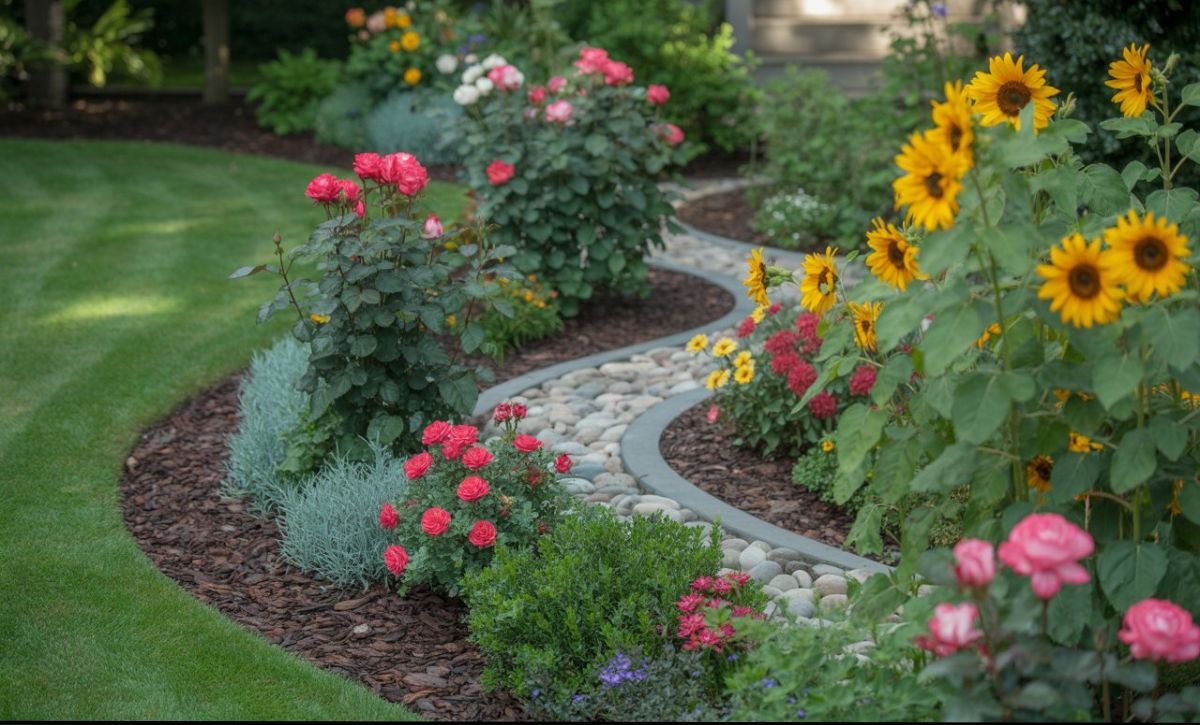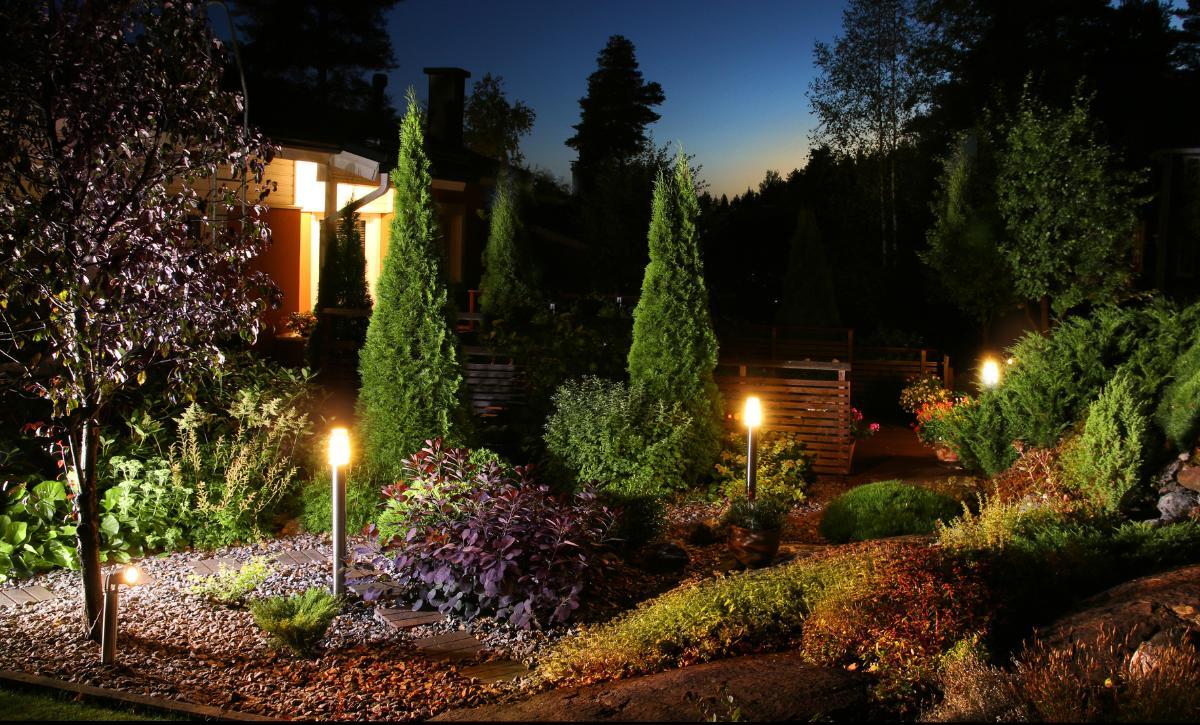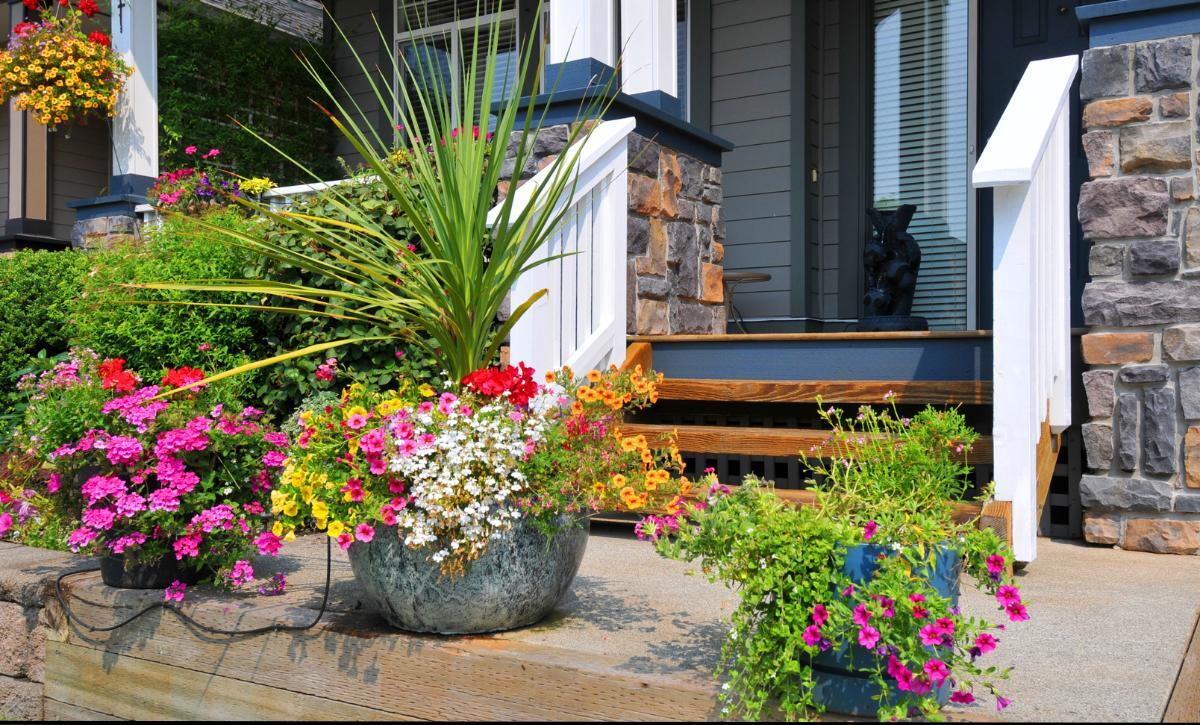There’s always a moment when August comes to an end when you take a look at your garden and it hits you: summer is actually almost over! However, this doesn’t mean you can’t enjoy the pleasantries of your garden anymore.
There are plenty of things you can do, from planting late-summer flowers and veggies to pruning your hedges to help extend the summer season and keep your garden looking great until winter sets in.

Partake in this journey with us as we examine ten breathtaking late summer garden makeovers that will keep your garden and outdoor space going strong.
Take a look!
1. Start by Tidying Up
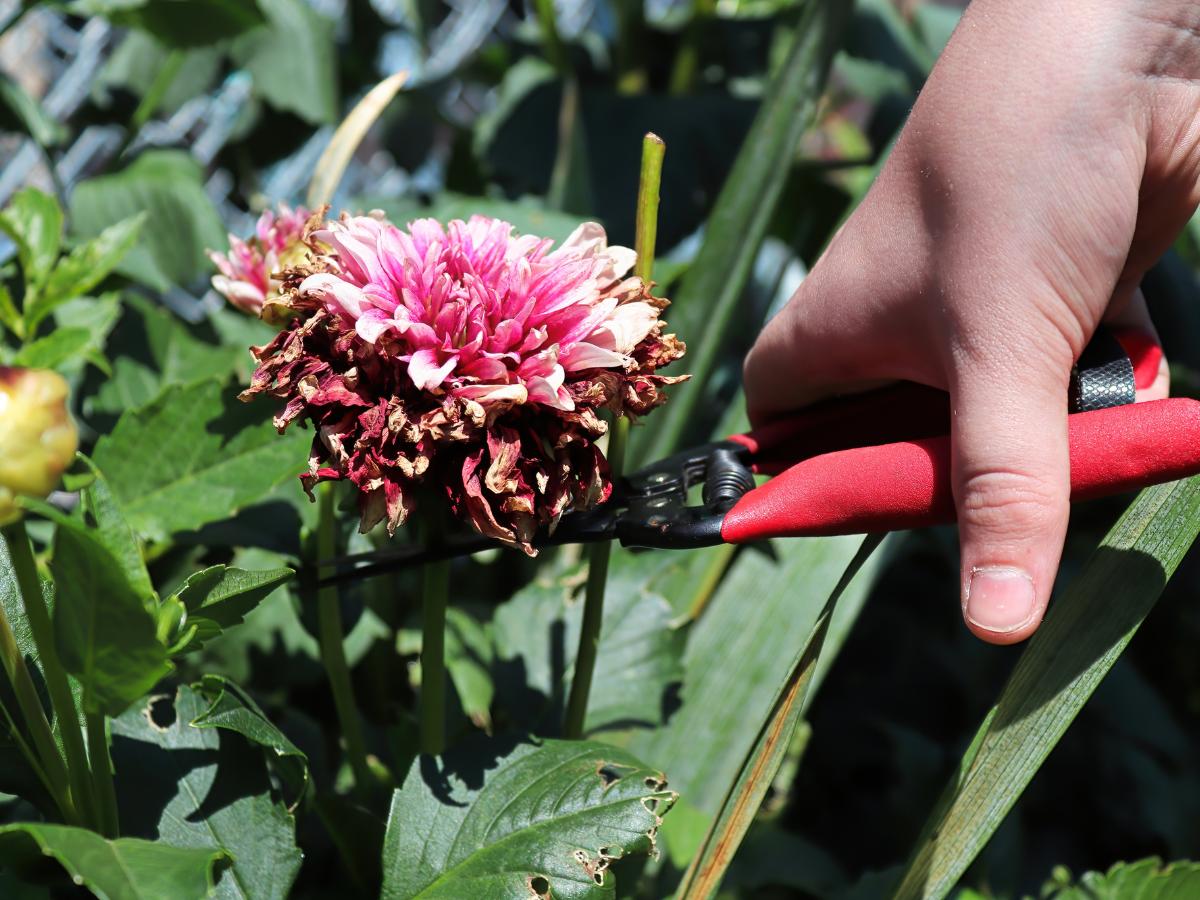
Late summer is a time when perennials begin to look overgrown and raggedy. Cutting away dying or dead branches and spent flower stalks can revive appearances.
If there are long, unruly stems, head back the year’s growth by 1 ⁄ 3, but do it lightly and don’t prune hard late in the season since this encourages new growth. This new growth will easily be damaged by freezing temperatures, making the whole plant susceptible to cold damage.
If you have self-seeding annual and perennial cultivars, they will also benefit from deadheading of spent flowers; this will direct energy into developing more flowers rather than seeds while preventing aggressive self-seeding.
2. Don’t Let the Color Dwindle
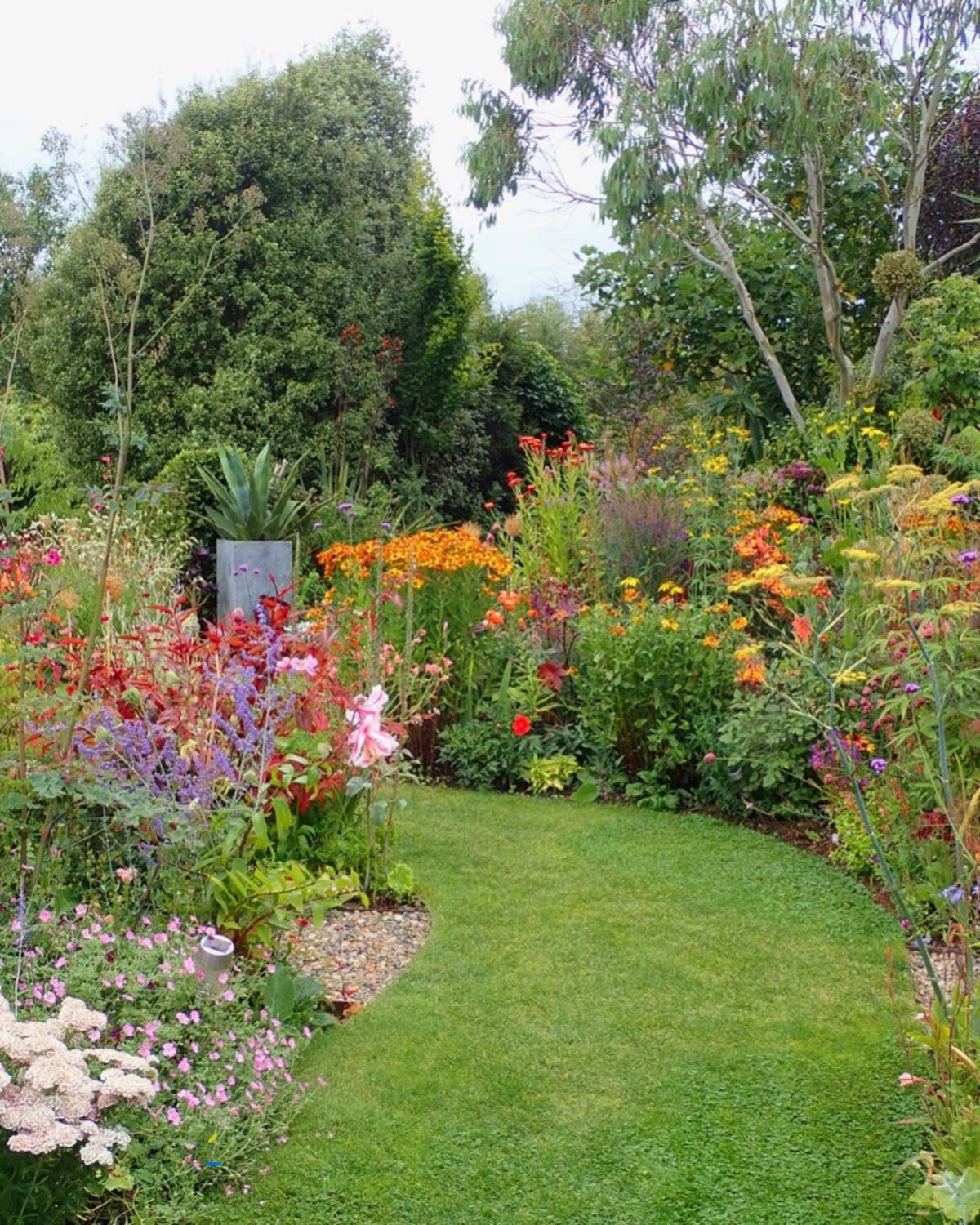
Late summer isn’t the time for your garden and borders to start looking finished. Late-summer blooming plants such as asters, echinacea, dahlias, rudbeckia, helenium, and so on can easily extend the growing season.
These plants will inject beautiful colors into your yard and attract beneficial pollinators. Plant them in clusters and use a variety of flower colors and shapes to make it easy for pollinators to spot them from a distance.
3. Bring Texture with Ornamental Grasses
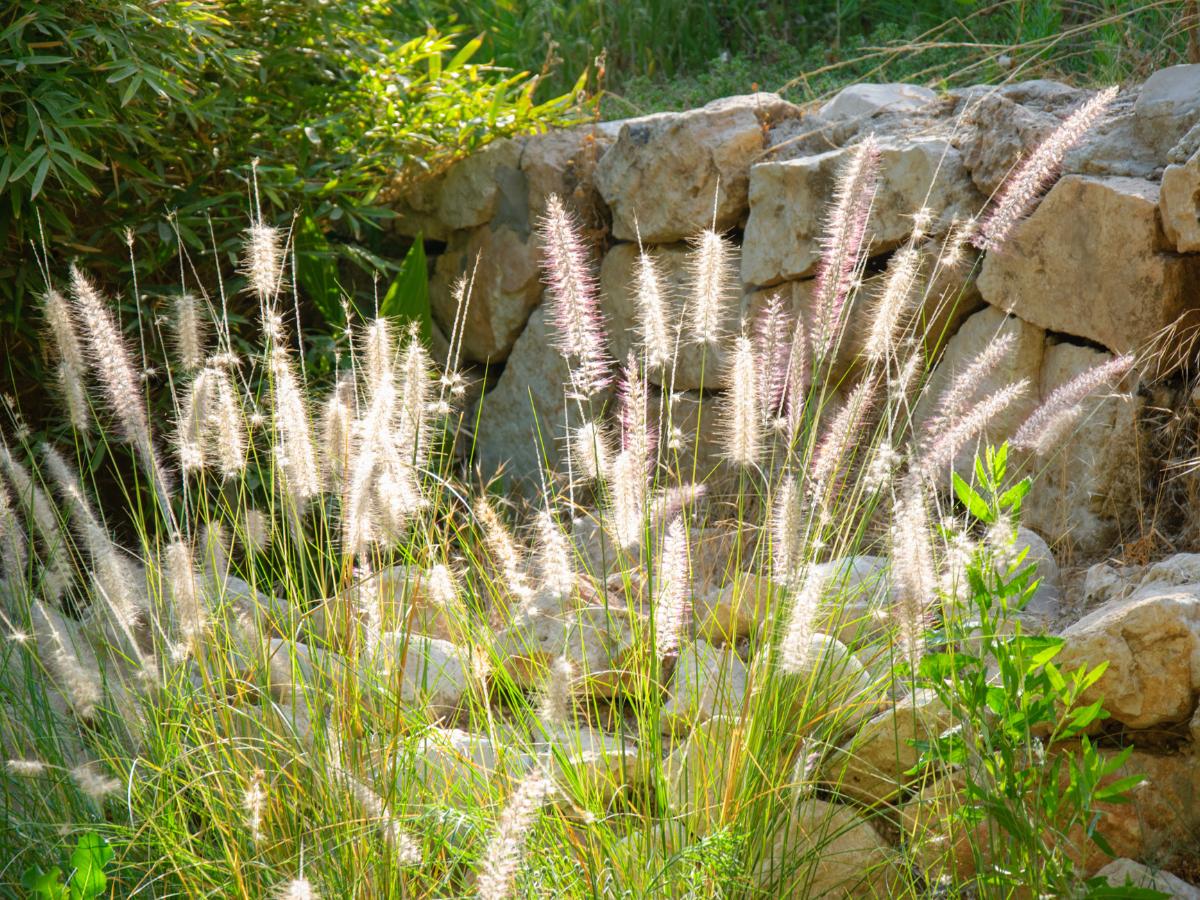
Ornamental grasses such as Carex testacea, switchgrass, or fountain grass are an excellent way to add texture and movement to a tired border.
Their seed heads also provide late-season interest. Go for the Hakonechloa ‘Aureola’ to spruce up your shady spots!
4. Set Up a Chill Spot
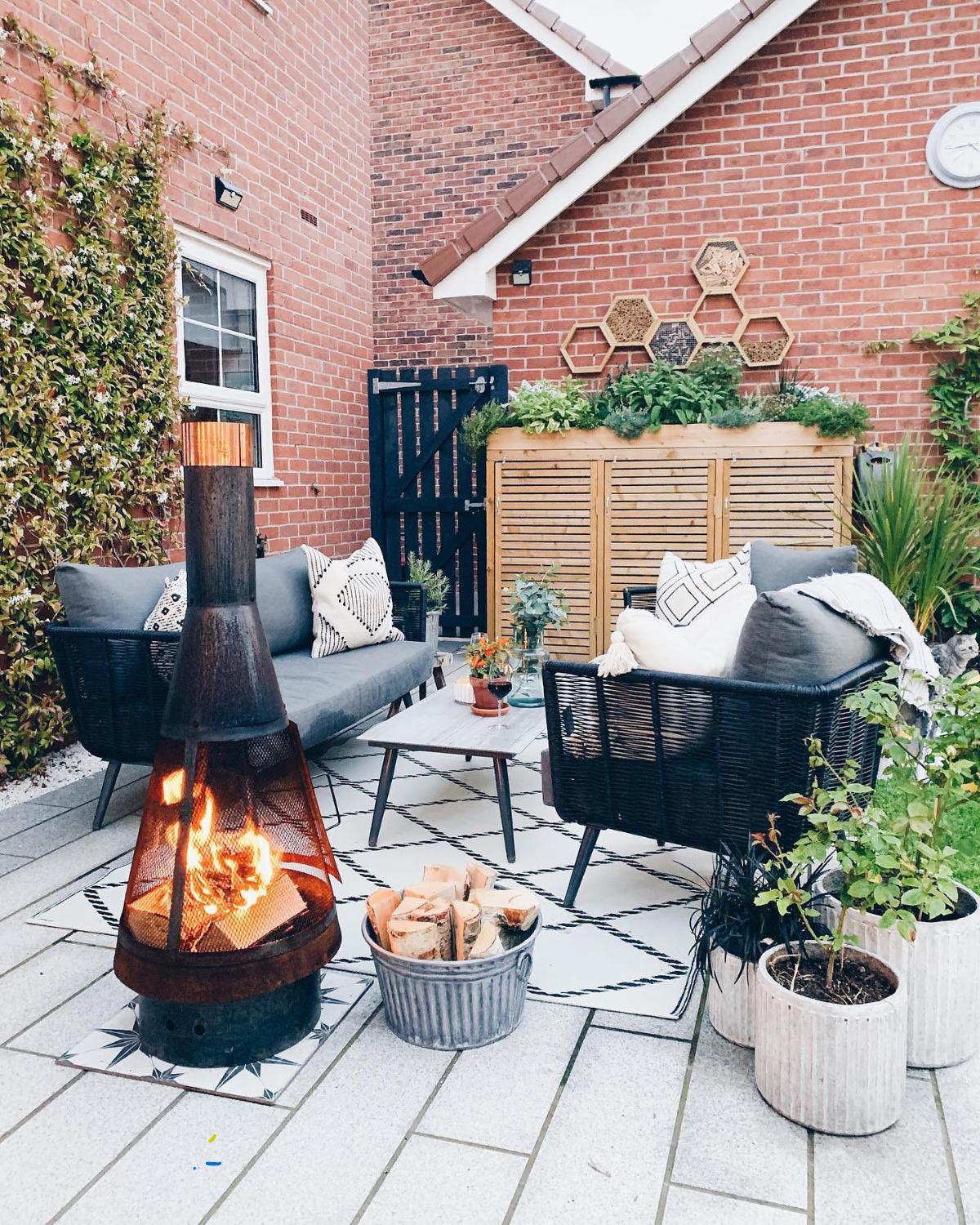
The evenings may be getting a bit cooler, but that doesn’t mean you can’t relax and enjoy your garden anymore during late summer. Set up a firepit to provide light and warmth as the night draws in, and introduce outdoor sofas for a cozy gathering space.
Surround the area with late summer plants to bring some freshness and liven it up with natural colors.
5. Plant Some Veggies
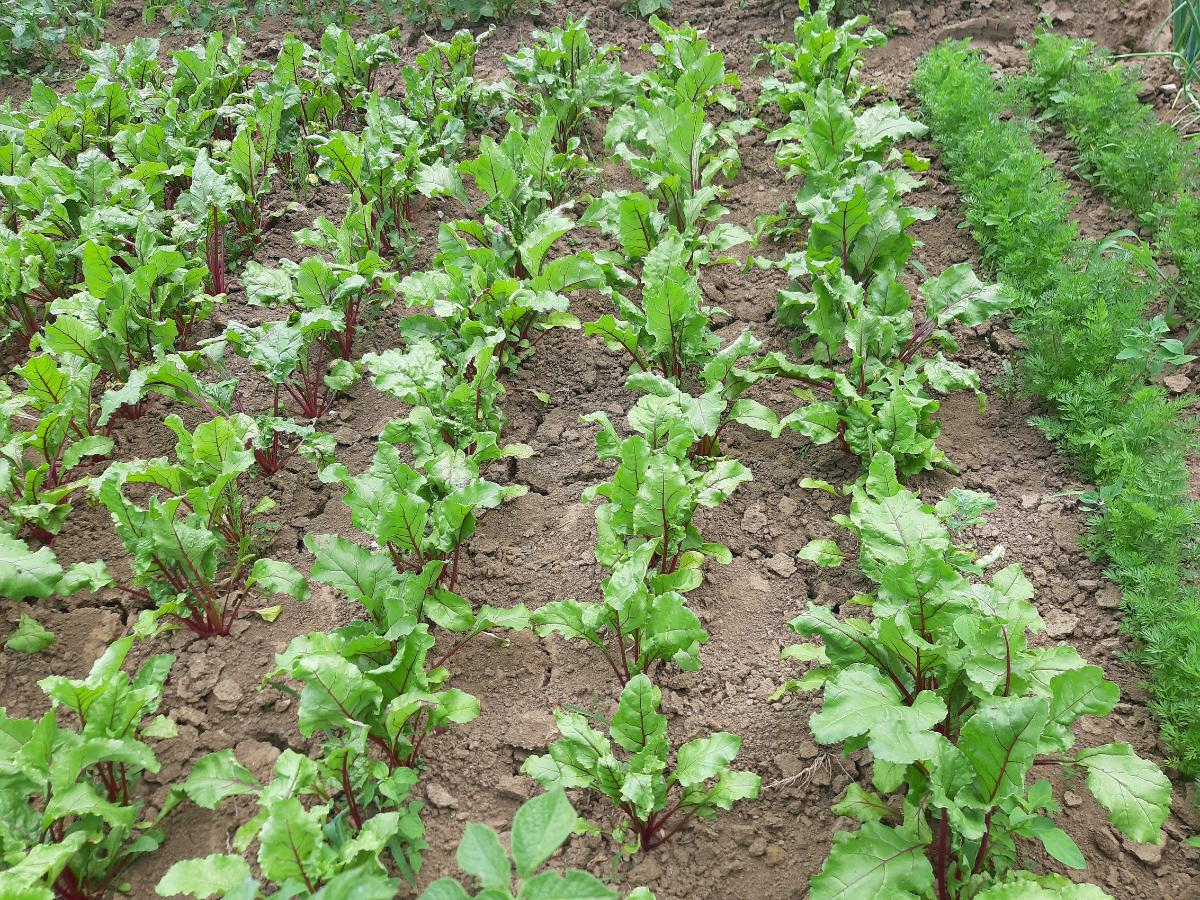
There are numerous late-season, cool-weather crops that can be planted mid- to late summer. Some are harvested in autumn, while others are overwintered and picked early the following spring.
Enrich your kitchen garden with late-summer veggies such as scallions, radishes, cabbage, carrots, beets, and broccoli, including various leafy greens like spinach, lettuce, collards, Swiss chard, mustard, and arugula.
Keep in mind that many leafy greens will blacken from frost, apart from some veggies like kale and Brussels sprouts, which benefit and enjoy a touch of frost. You can extend the fall season by adding a floating row cover to protect tender foliage from the cold effectively.
6. Light Up Late Summer Evenings
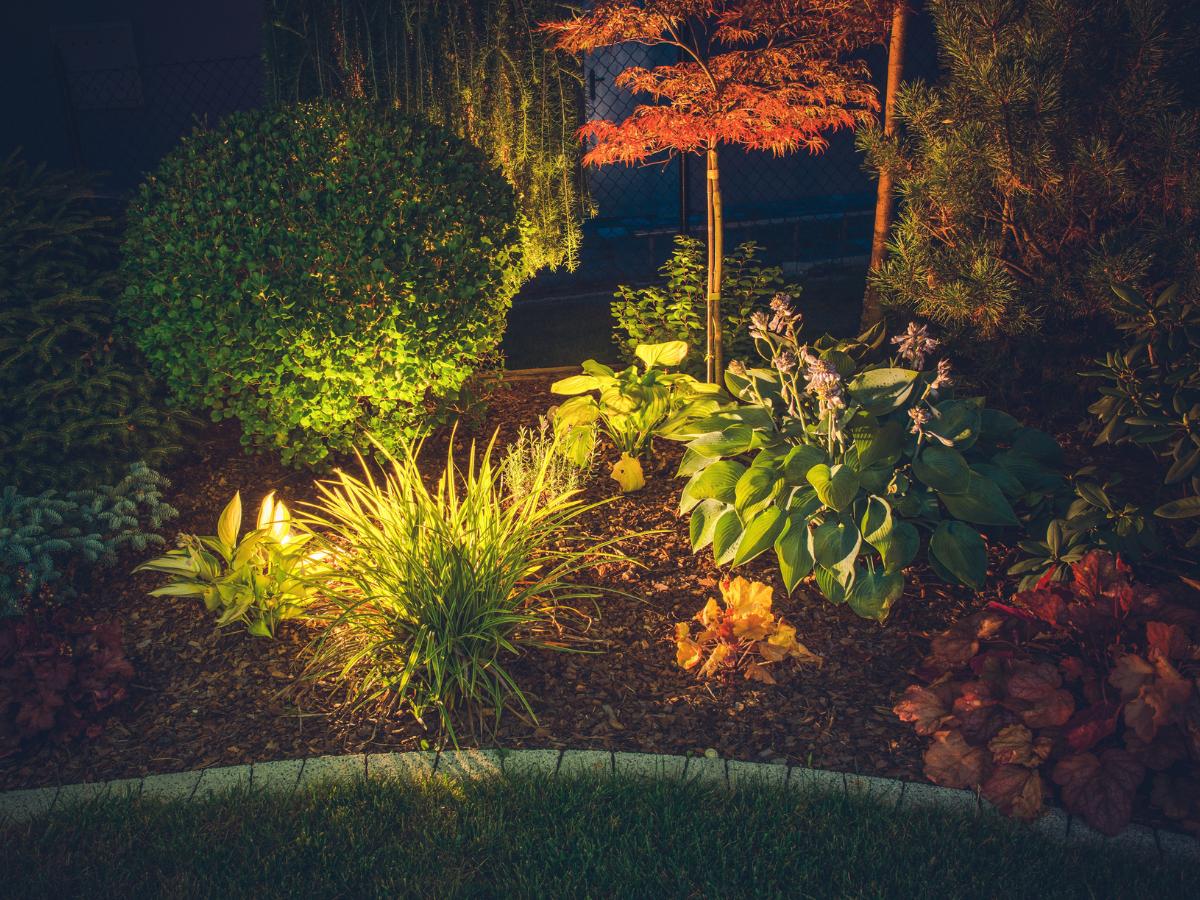
Installing well-thought-out garden lighting, be it solar-powered path lights, lanterns, or string lights, will bring out the best in your outdoors after the sun sets and create a magical ambiance.
Use various outdoor lights around different locations to get the most out of your lighting.
7. Keep it Casual with a Succulent Garden
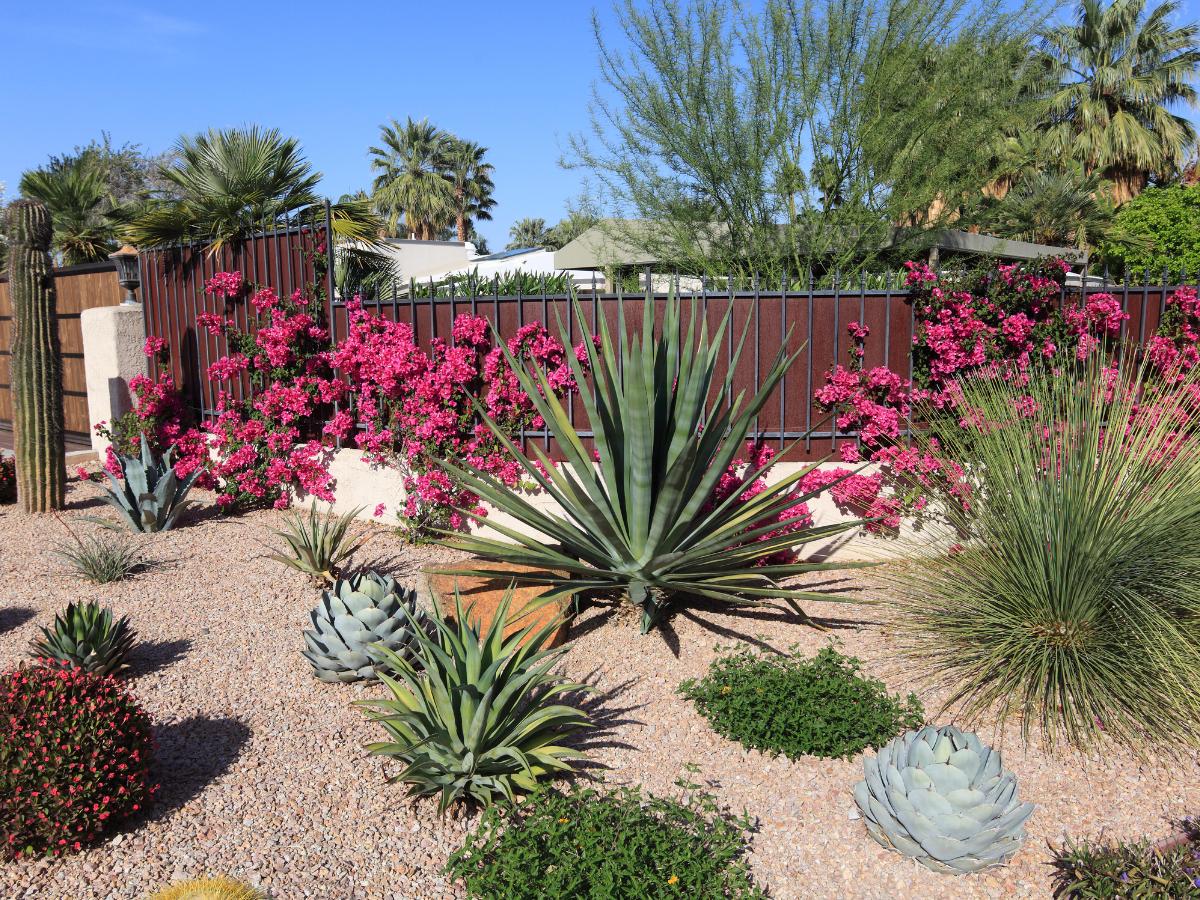
A dry garden is easy to maintain and can provide year-round color to your yard.
Succulents require little water to survive and flourish in hot conditions, making them perfect plants for late summer—plant varieties of different colors, sizes, and shapes to create an eye-catching display.
8. Prune Your Hedges
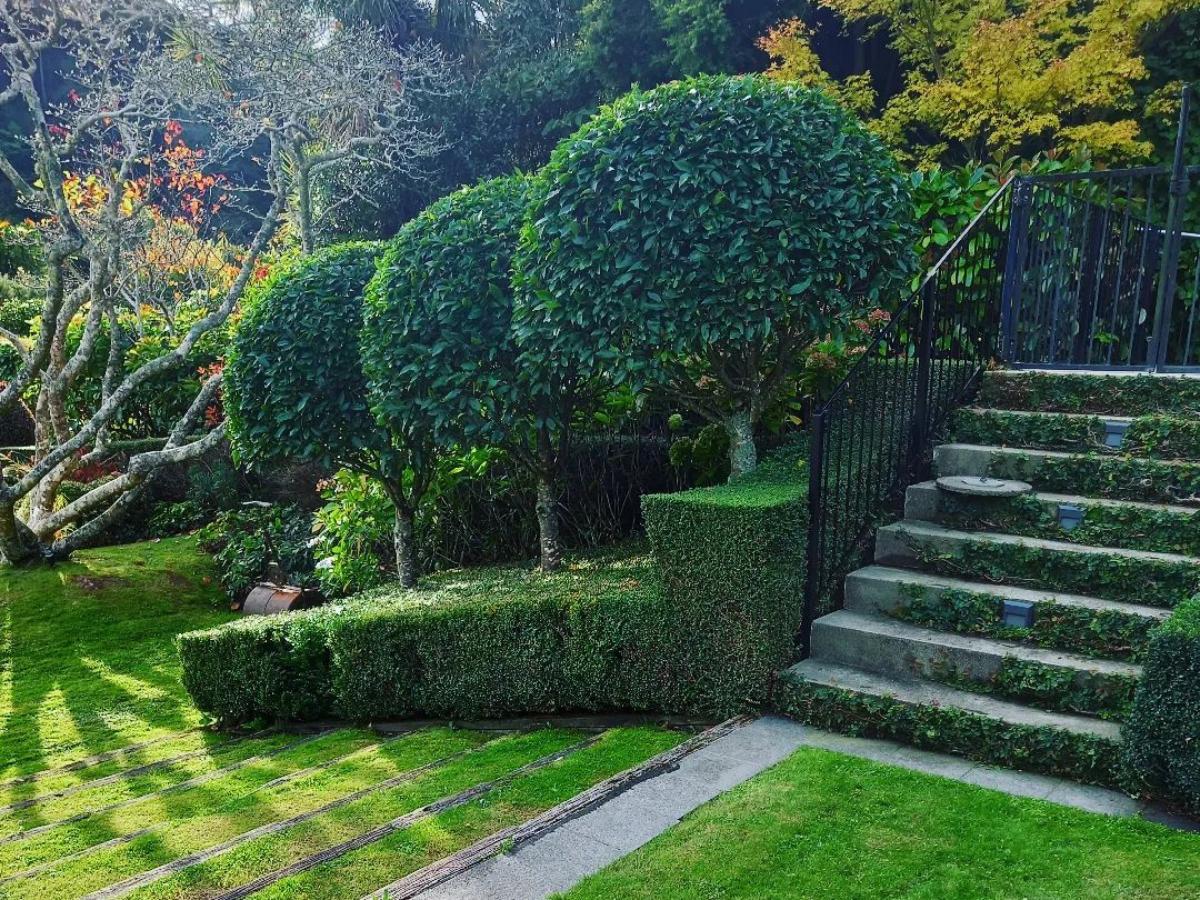
Pruning your hawthorn and privet in late summer will stimulate a new flush of growth. Others must be pruned during this period, for example, box hedges; pruning them earlier will make the new growth susceptible to leaf scorch, and any late pruning will leave them vulnerable to frost.
Don’t cut back spring-blooming shrubs like Ceanothus and forsythia since these will set buds for the subsequent year. Pruning your overgrown shrubs and hedges in late summer will give them a pleasing crispness, making your garden feel cared for.
9. Set Up a Harvesting Station
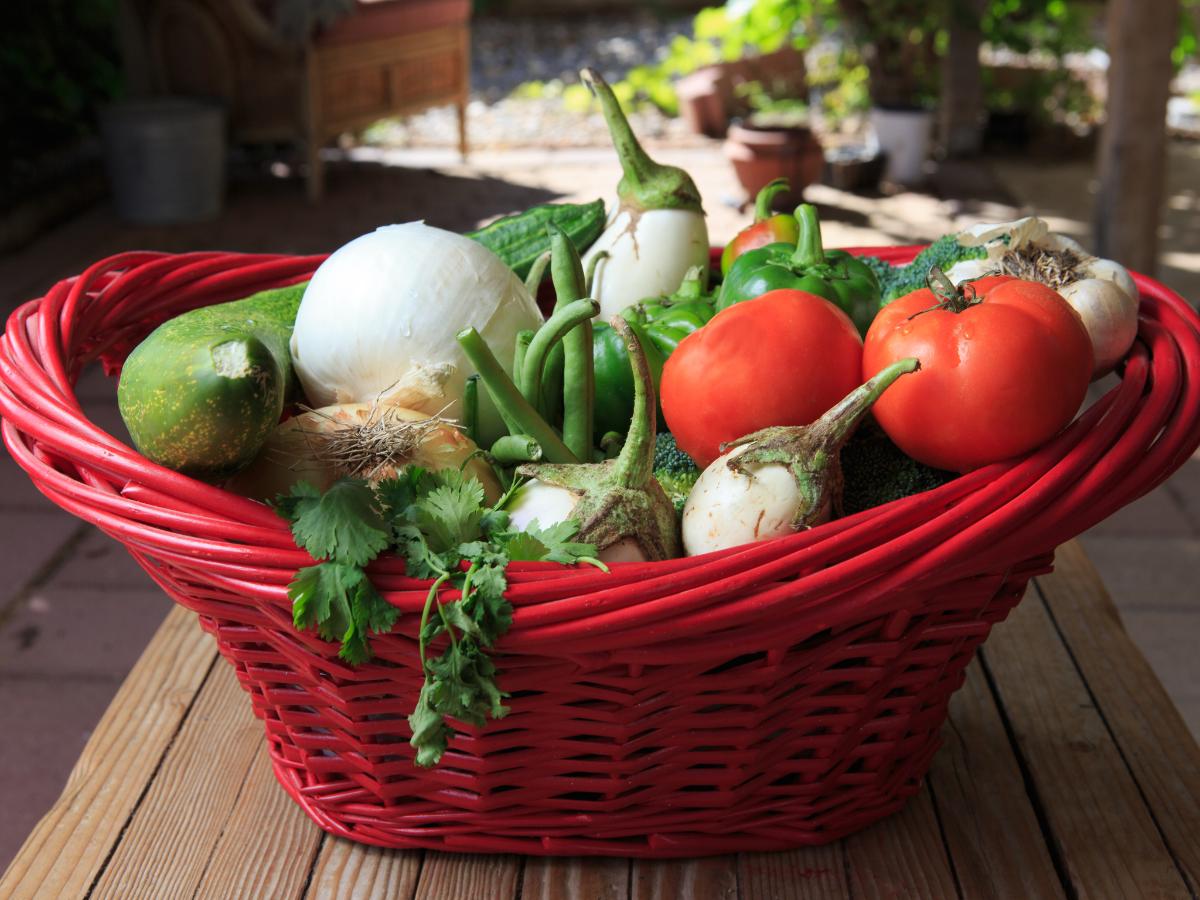
There’s no better joy than reaping your tasty, healthy crops, and late summer is when the harvest and preservation of vegetables, fruits, and herbs goes into full swing. Here are a few harvesting tips as you prepare to set up your harvest workshop:
- Store your potatoes in a dark and dry place to prevent them from going green. Ensure you do this before the frost begins.
- Freeze your autumn raspberries and use them in a jam, or keep picking and eating them fresh.
- Store your onions somewhere lighter but cool and dry.
- Pick hard-skinned squashes such as pumpkins and gourds until the stem, and usually, most of the leaves, are yellow, and the gourd or pumpkin makes a hollow sound when you knock it.
10. Utilize Containers
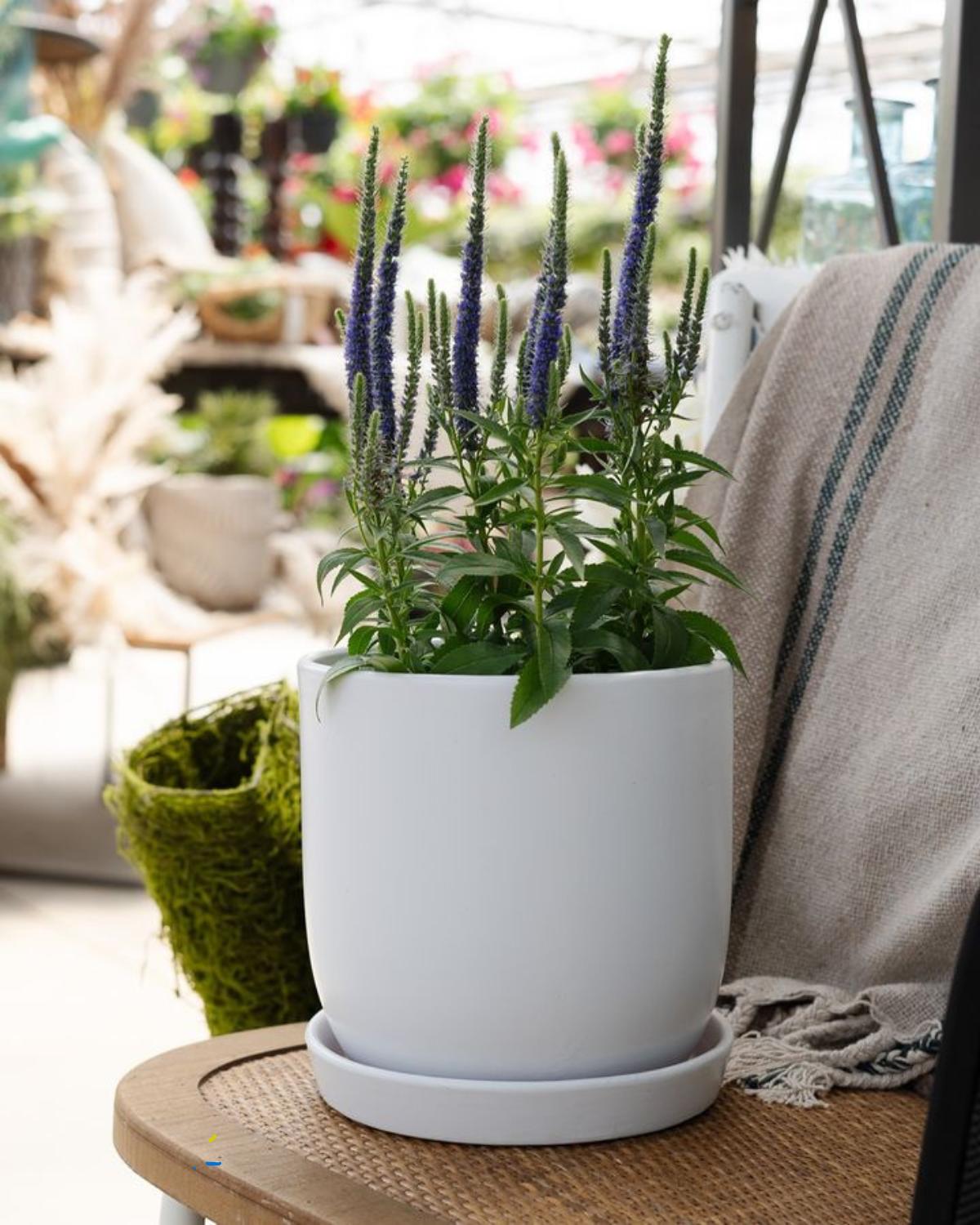
Planter pots and containers are an excellent way to add color and height to your space using a late summer garden. Let the still-blooming perennials stay in place while you fill the empty gaps with lantanas, chrysanthemums, coleus, or evergreen perennials like phormium.
Ensure your planters are regularly watered and fertilized to keep them vibrant throughout the season. The same applies to potted vegetables, such as peppers, tomatoes, cucumbers, etc.

